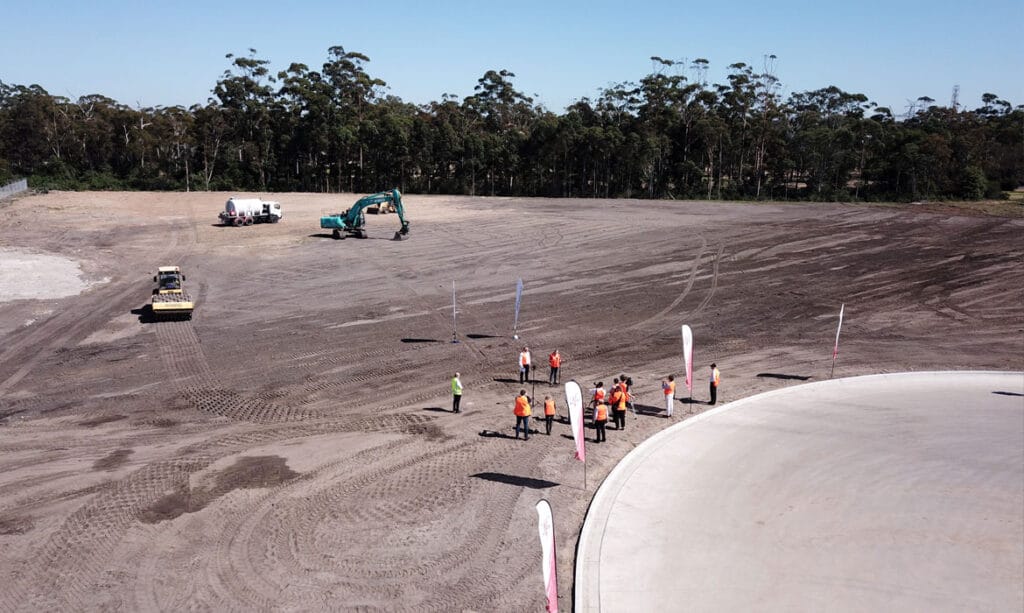Australian Prime Minister Scott Morrison unveiled the federal government’s technology investment roadmap last week as part of its AUD 1.5 billion ($1.2 billion) modern manufacturing strategy, which aims to position the country as a world leader in the renewable energy transition.
A key element in that transition is energy storage, which the Australian Energy Market Operator (AEMO) identified as a critical enabler of cost-effective and reliable low-emission electricity in its 2020 Integrated System Plan. AEMO suggested that up to 19 GW of new dispatchable resources, including battery storage, will be needed to back up renewables in the National Electricity Market (NEM) to 2040.
Minister for Industry, Science and Technology Karen Andrews said that the new roadmap sets out a 10-year vision to build sophisticated manufacturing capability in Australia in the resources sector. She said it shows how businesses can capitalize on Australia’s access to key resources.
“Opportunities outlined in the roadmap include turning critical minerals into high-value products like batteries and solar cells,” Andrews said. “This funding will back businesses to pursue those opportunities and turn innovative ideas into high-value products so we can build on Australia’s competitive advantage and secure greater investment and market share.”
Energy Renaissance Managing Director Mark Chilcote said that Australia is the only country in the world that is sitting on all the raw materials needed to make lithium-ion batteries. He said that the new roadmap presents an opportunity to position the country at the forefront of the industry.
To continue reading, please visit our pv magazine Australia website.
This content is protected by copyright and may not be reused. If you want to cooperate with us and would like to reuse some of our content, please contact: editors@pv-magazine.com.




Better Late than Never Australia !
Australia is the world’s Largest Lithium Exporter.
It has ALL the required minerals and raw materials Domestically right, under its feet for Battery Production.
They are effectively 7 YEARS behind their potential because of their Lagtard Govern-mental regressive attitude towards Renewable Energies. This has cost them any potential Lead they could have had and at a huge cost on labour & resources never tapped. Jobs & Sub-Sector industries that never had a chance to happen and a Huige source of employment & income the Government vcould have had a share of…